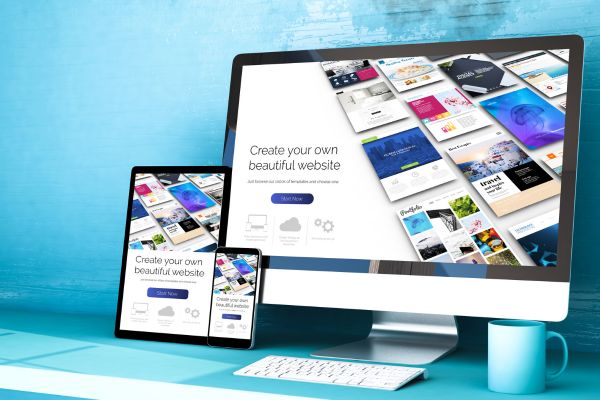Analytics is a key aspect of any software launch. This guide will help you to launch your next app. It will also allow stakeholders to drive future development from data-informed positions.
Must Read: farm technology days 2021
Analytics should be included in your strategic plans when your company launches a software application. To determine your minimum viable product, you will need to collaborate with customers, developers, and product owners. You should also discuss with business owners the key performance indicators that must be measured from day one. Your analytics should answer at least two questions: Who and what are your users?
If your business has data about 90% of its users using Android devices, and you are acquired by Facebook, then your data can answer who uses your app, and allow you to make data-informed decisions on where to market. Do you want to double down on your Android user base or look at other channels for acquiring iOS users?
You will need strong minimum viable analyses to be able to drive your application after launch. This guide will help you determine the type of analytics that you should have for your digital product or service.
Which tech tools can you use to support this analytics strategy?
One analytics tool won’t give you the 360-degree view you need in the field and the operational flexibility that you need after launch. This is especially true for mobile apps, where any changes must go through the approval and submittal process. It is a good idea to combine multiple tools from different categories such as abstraction, quality of service and analytics to ensure that your app has everything it needs.
Analytics
An analytics package is the key component to aggregate and report on user data. There are many factors to consider when choosing the right analytics package. It is important to ensure that the analytics solution you choose is tailored to your application platform. There may be several solutions available within the same vendor’s offering.
Never Miss: miat college of technology
Google Analytics for Firebase is the most widely used analytics package, while Google Analytics 4 is the most sought-after.
Google Analytics for Firebase
After several confusing names changes, Google Analytics for Firebase has become Google’s mobile app analytics solution. Although it still uses Google Analytics as its core, it is now exposed as an event-based model that is more in line with how users use mobile apps. Google Analytics for Firebase comes with unlimited usage but no service agreement.
Google Analytics 4
Google Analytics 4, formerly known as Google Analytics, retains its traditional approach to analytics. page views. You can choose from a robust free tier or pay for more advanced use cases.
Abstraction After the application has been released, you may wish that you had collected more data points or formatted data differently in order to draw better correlations. A tag management system is a useful tool. A tag management system (TMS) allows you to update measurement code and other code fragments quickly, often from a web console. These updates can often be done without the need to update your field app.
There are many TMS vendors that you can consider, including Mixpanel, Adobe, and Google. A TMS can be used with your analytics solution independently, so you can use Google’s Tag Manager with Adobe analytics, or vice versa.
Service quality
Even with robust analytics and a TMS, these data points will not be the same data your engineering team requires to diagnose problems your users face. This brings us to the final tool in your MVA toolbox: Quality of service measurement.
Also Read: lummus technology
These QOS tools can be used on both mobile and web. This is because of the technical differences between these applications. Crashlytics and Instabug are popular mobile QOS tools. Raygun is also a popular choice. You’ll also want to use tools such as Airbrake or Uptrends for the web.
The following are common data you can collect:
- Crash dumps (stack traces).
- Intelligent grouping (quantifying distinct crashes, rather than multiple instances of the exact same crash).
- Developer-inserted breadcrumbs (custom data)
- Device state (hardware and operating system, as well as environmental modifiers)
What information about user privacy and data usage do you need?
Although the ultimate goal of analytics collection should be to improve user experience, privacy and data use are also important considerations. You are required to ask iOS users to give you permission to track them on other websites and apps. Android and web are following suit, so make sure you read and understand your privacy policies and how they apply to the data you collect.
Most popular: adapt technology
What are the benefits to having analytics about your software
Software products that are successful must be able to adapt to changing markets. An effective MVA strategy will establish a direct link between you and customers and improve the launch of your application. The analytics SDK will provide data on user behavior, tag management to make changes in real time, and the QOS metrics that developers will need to troubleshoot user service interruptions. The 360-degree view will give you the information you need to make your app successful.


